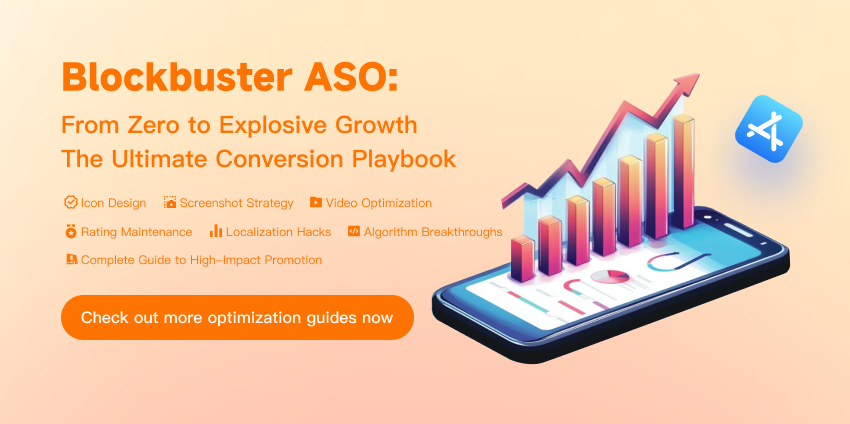
Loading...
Free consultation with ASO specialists
Doing ASO for the first time or have no idea how to carry out targeted optimization of your app?
We offer one-on-one customized services provided by app marketing specialists
App Re-Engagement
What is App Re-activation
App re-engagement (app reactivation) refers to the process of reactivating users who have used an app in the past but are now inactive, through various strategies and means, so that they return to the app and actively participate in its various functions and activities.
Use Cases
-
User Churn Risk Warning
When the data analysis of the application shows that the usage frequency of some users has dropped significantly, the time spent in the application has been shortened, or some key behavior indicators have declined, it indicates that these users are at risk of losing. At this time, you can start the application reactivation strategy to try to save these users who are about to lose.
-
New features or event promotion
When the app launches new features, version updates or special events, you can use the app reactivation campaign to convey this information to those users who are no longer active and attract them back to the app to experience the new content.
-
Periodic Recall
Set a periodic recall plan based on the characteristics of the application and user usage habits. For example, conduct a reactivation activity for inactive users once a month or quarter to maintain contact with users and remind them of the existence of the application.
Common Strategies and Metrics Considerations
-
Personalized Push
By analyzing the historical behavior data of users, we can understand their interests and usage habits, and provide personalized push content for different user groups. For example, for users who like shopping, we can push promotional information; for users who like reading, we can recommend new articles or books. The indicators to measure the effect of personalized push include click-through rate, conversion rate, etc.
-
Reward Incentives
Offer some rewards to re-engaged users, such as coupons, points, virtual items, etc. These rewards can stimulate the interest of users and encourage them to reopen the app. The effectiveness of the reward incentive strategy can be evaluated by indicators such as the redemption rate and usage of the rewards.
-
Social Interaction
Leverage social platforms and in-app social features to encourage users to share their app experiences with friends, invite friends to join, etc. Social interactions can increase user stickiness and engagement. The effectiveness of social interaction strategies can be measured by indicators such as the number of social shares, the number of successful invitations, etc.
-
Optimize user experience
Continuously improve the functionality, interface and performance of the application, solve the problems encountered by users before, and enhance the attractiveness and usability of the application.
By reasonably using the application reactivation strategy, it is possible to improve the user activity, retention rate and market competitiveness of the application, and achieve long-term stable development of the application.
Related terms
